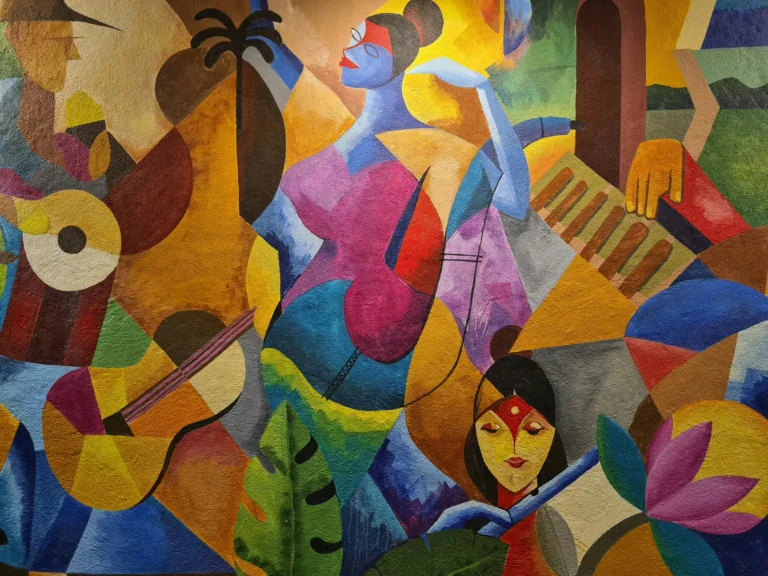The carpets, created from the hands of the Aït Ouaouzguit tribes, carry centuries of tradition, wisdom, and artistry.
Marrakech – The 7th edition of the Aït Ouaouzguit Carpet Festival wrapped up on Sunday, and let’s just say, it wasn’t your average craft show.
Held in the charming town of Taznakht, this year’s festival wasn’t just about showcasing beautiful carpets – it was about celebrating the powerful mix of tradition and transformation.
Under the theme “The Aït Ouaouzguit Carpet: Between Tourism Promotion and Women’s Economic Empowerment,” the event became a living, breathing tapestry of heritage, culture, and opportunity.
Organized by a partnership of local officials and the Ouarzazate Events Association, the festival didn’t just honor craftsmanship; it wove a brighter future for women artisans, all while putting Taznakht on the map as a must-visit cultural destination.
During the closing ceremony, not just carpets but the spirit of community were honored.
Certificates of participation were handed out, and heartfelt letters of appreciation were given to those who helped make this year’s festival a standout success, including artisans, institutions, and partners who poured their energy into bringing this vibrant event to life.
With over 60,000 visitors flocking to Taznakht, the local economy saw a huge boost, with merchants and economic actors witnessing a remarkable 100% increase in turnover.
The festival recognized the women at the heart of Morocco’s textile sector – 80% of the 150 exhibitors were women weavers, showcasing their skills and taking their rightful place in the spotlight.
And the diversity on display? Incredible. With 30% of booths representing carpet cooperatives from all across Morocco, from Tangier to Lagouira, the festival was a true reflection of the nation’s rich textile heritage, with the iconic Aït Ouaouzguit carpet shining as the star of the show.
Read Also: December Guide to Must-Attend Events in Morocco
Over the five days of the Aït Ouaouzguit Carpet Festival, it wasn’t all just about admiring stunning carpets – it was about learning, sharing, and empowering.
A series of seven technical and thematic training sessions were organized for over 150 cooperative members, offering a deep dive into the world of handicrafts and carpet weaving.
These sessions weren’t just theoretical; they included hands-on mobile unit training for artisans, bringing expertise right to the doorsteps of local creators.
But the festival wasn’t just about the present – it was also about shaping the future.
Educational visits were organized for students from local schools, as well as trainees from Ouarzazate’s Specialized Institute of Applied Technology in Hospitality and Tourism and the Institute for Cinema Professions.
These visits provided a unique opportunity for young minds to connect with Morocco’s rich cultural heritage while learning about the broader economic landscape of the region.
One of the most heartwarming moments came when female motorcyclists from the WIMA Morocco Association visited the festival.
They were greeted with open arms by the women weavers, who eagerly shared their craft, the intricacies of carpet weaving, and the deep significance of their work.
The exchange wasn’t just about techniques; it was a celebration of the role of women in Moroccan society.
The conversations were rich with insights into the vital role women play in driving socio-economic change, all while reinforcing Morocco’s national initiatives to empower women and amplify their voices in all areas of life.
This event captivated over 20,000 attendees across four artistic evenings, blending Amazigh poetry, music, and traditional Ahwach dances.
Renowned artists like Fatima Tabaamrant and Raiss Aarab Atiki graced the stage, enriching the cultural experience.
The festival highlighted the Aït Ouaouzguit carpet as a symbol of Morocco’s rich heritage, blending authenticity with modernity, and celebrating its global recognition.
It also emphasized women’s economic and social empowerment and the preservation of Morocco’s tangible and intangible heritage.
Read Also: A Golfer’s Alpine Escape: The Nicklaus Course at Michlifen Golf and Country Club
















